-
Membership
Membership
Anyone with an interest in the history of the built environment is welcome to join the Society of Architectural Historians -
Conferences
Conferences
SAH Annual International Conferences bring members together for scholarly exchange and networking -
Publications
Publications
Through print and digital publications, SAH documents the history of the built environment and disseminates scholarship -
Programs
Programs
SAH promotes meaningful engagement with the history of the built environment through its programs -
Jobs & Opportunities
Jobs & Opportunities
SAH provides resources, fellowships, and grants to help further your career and professional life -
Support
Support
We invite you to support the educational mission of SAH by making a gift, becoming a member, or volunteering -
About
About
SAH promotes the study, interpretation, and conservation of the built environment worldwide for the benefit of all
Cuba: Day 9 - Cienfuegos
This morning we bid farewell to our headquarters in Havana, the Hotel Nacional, and embarked on the segment of the trip that would take us more than 500 miles through the eastern part of the island to Santiago de Cuba. We headed southeast on the National Highway, passing through predominantly non-urban areas. Along the way we were able to see various types of housing. As we moved further from the city we saw less apartment buildings and more single-family dwellings. Most of these were basic designs, though always suited to the climate. Almost all houses had some or many aspects that would maximize shade and ventilation in order the keep the interiors cool.
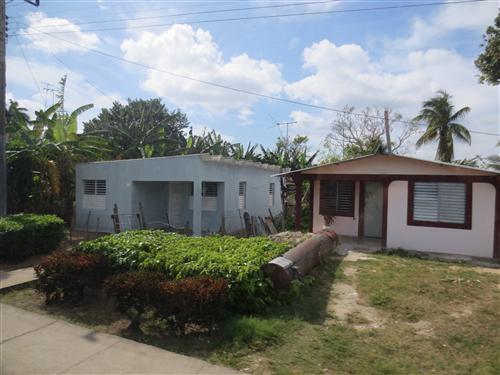
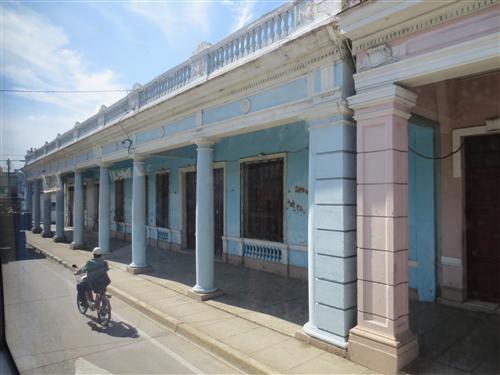
First we stopped at Parque Martí (Martí Park), the main square in the city. Though the park now exhibits an early Republican design, the importance of this spot dates much further back as it is the spot where the first settlement was pronounced and used to be the Plaza de Armas. After awhile I have come to find a sort of harmonious relationship between the colonial architecture and the prolific amount of political propaganda throughout the country.
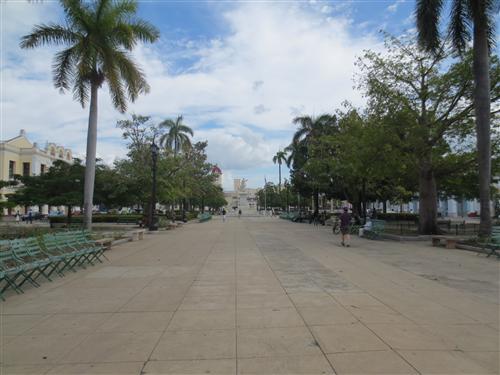
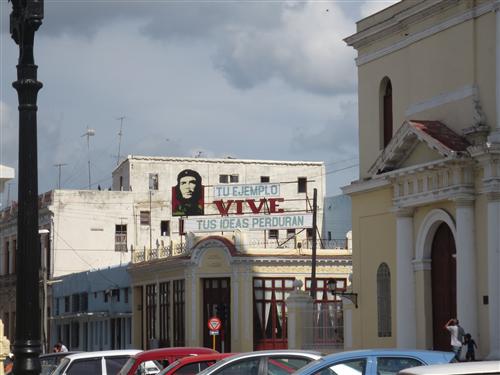
We first visited the Teatro Tomás Terry (Tomás Terry Theater), built in 1895. Inside we encountered an amazing performance space, and were fortuitous enough to arrive in time to hear the end of a group of students practicing. The design ingeniously incorporated a moving auditorium floor, which can be raised to the same level of the stage to transform the theater into an expansive ballroom. It’s easy to see the relationship between Terry, the namesake of the theater, and the history of Cienfuegos. Terry made his fortune off of the goods coming into this port city—the slave trade in his case. He then imported steam engines into the country (he was one of the first to do this) in order to power his mills on his sugar estates. In addition, he also worked to develop the region via the implementation of a railroad.
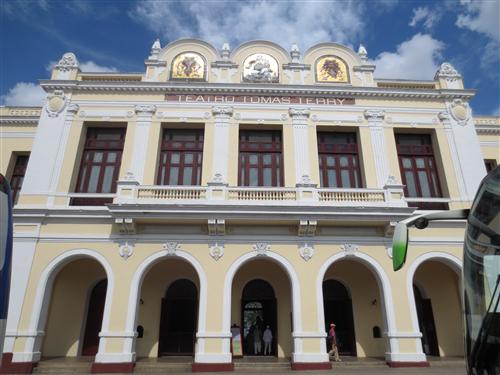
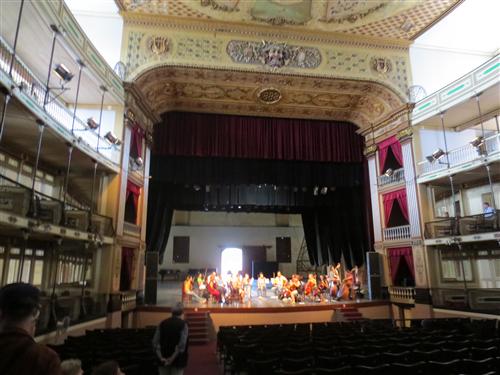
On the adjacent side of the square we visited the Palacio Ferrer (c. 1900), though we only had a quick peak inside as the building is undergoing renovations. This structure, now a cultural center, was originally built as the mansion of José Ferrer Sirés, a powerful sugar magnate. Note the spiral staircase leading to the top of the cupola, which provides a panoramic view of the city and which we unfortunately could not climb.
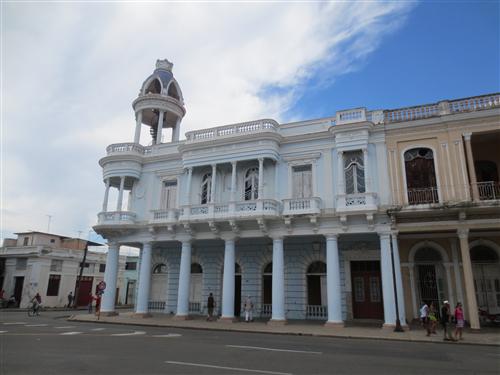
We then traveled on to the area known as Punta Gorda (Fat Point), a district developed by the wealthy in the late 19th and early 20th centuries. One such building was where we had lunch, Palacio del Valle (1912), which now functions as a restaurant. As Monty pointed out, the house is actually more Mughal than Moorish, despite the owner’s wishes for an Islamic-style mansion, with Venetian, Gothic, and French Baroque details incorporated as well. The design is truly visually over-stimulating, everywhere you look there is some sort of decoration, perhaps two incongruous designs juxtaposed. Though very eccentric, and surely not to everyone’s taste, none could complain about the view from the terrace on the top of the palace.
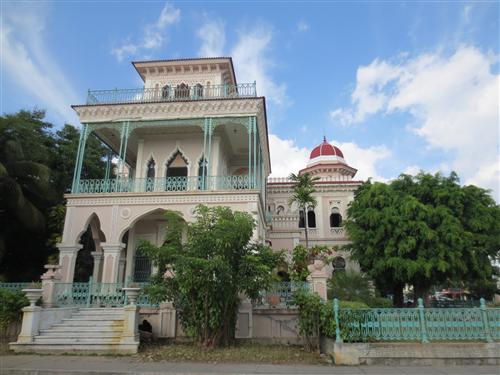
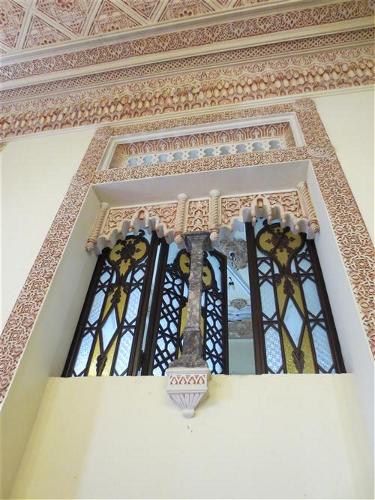
After lunch we took a leisurely walk through part of the Punta Gorda district. Though the sun was hot, it was worth it to see some of the summer homes built by Cienfuegos’ wealthy that still line the coast. Many were built predominantly of wood and were painted in a wide array of colors. These houses made me think of the inter-Caribbean architectural dialogue that must have existed. Various details of these houses reminded me of what I have also seen in other Caribbean islands, such as Puerto Rico, Jamaica, and the Bahamas, and I’m sure connections could be made to other islands I have not yet visited.
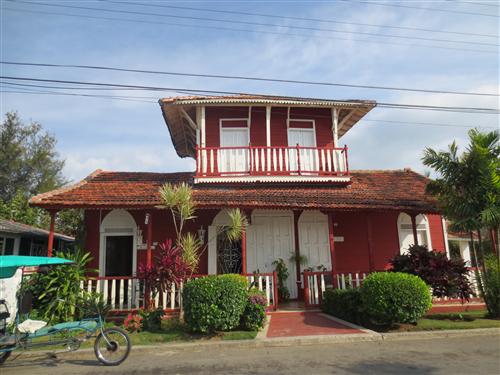
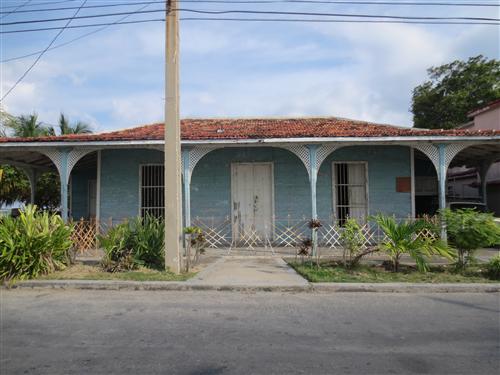
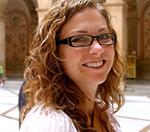 Erica N. Morawski, Ph.D. Candidate, University of Illinois - Chicago
Erica N. Morawski, Ph.D. Candidate, University of Illinois - Chicago Erica N. Morawski is a Ph.D. candidate in art History at the University of Illinois – Chicago. She received a BA in art history at Tulane University and MA in Art History at the University of Texas at Austin. She is currently completing a dissertation entitled, “Designing Destinations: Hotel Architecture, Urbanism, and American Tourism in Puerto Rico and Cuba.” This work investigates the role of hotels in shaping understandings of national identity, which in turn shaped international relationships, through an approach that systematically ties object and image analysis with social, political, and economic histories. Her work argues that these hotels functioned, and continue to function, like diplomatic cultural attachés—their design shaped politics on the islands, and played a decisive role in shaping past and current international relations.



Leave a commentOrder by
Newest on top Oldest on top